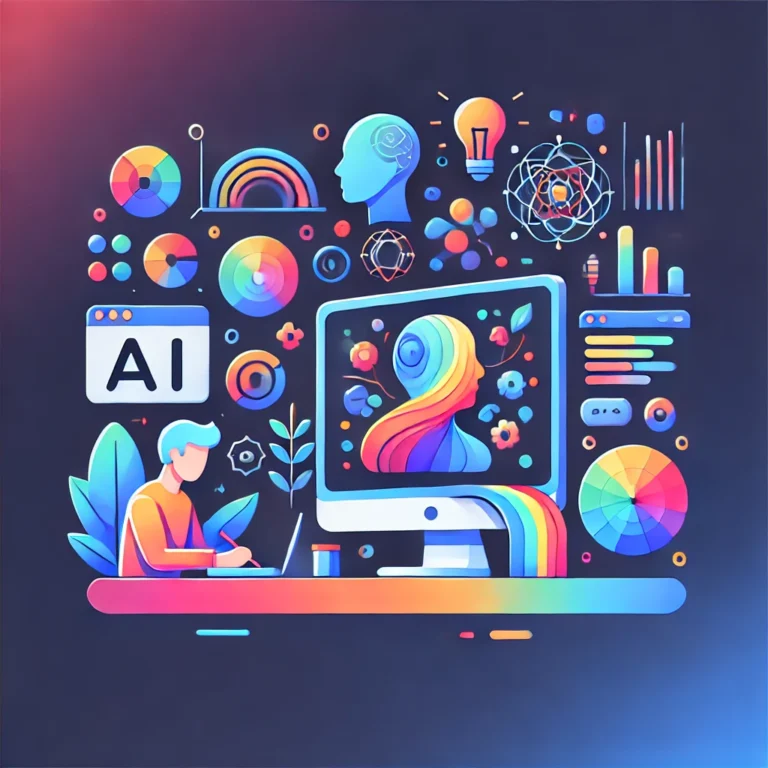Design tasks as part of the hiring process have been a hotly debated topic in the design community for years. While some employers believe that it’s an effective way to evaluate a candidate’s skills and abilities, many designers argue that it’s an unfair and unethical practice.
One of the main reasons why designers dislike design tasks is that they are often asked to complete work without payment or compensation. This is not only unfair to the designer, but it can also be a bad business practice. Asking designers to work for free devalues their skills and creativity, and it can also harm the employer’s reputation in the design community.
Another issue with design tasks is that they don’t always reflect a candidate’s ability to do the job. The task may be poorly defined or not relevant to the job requirements, and it may also be biased towards a specific design style or approach that may not align with the company’s values or brand. This can lead to the rejection of highly qualified candidates who don’t fit the specific mold that the employer is looking for.
To address these issues, companies are turning to AI to help them evaluate candidates and remove the need for design tasks. AI can analyze a candidate’s portfolio, online presence, and professional experience to determine their design skills and fit for the job. By using AI, employers can evaluate candidates in a more fair and unbiased way, without exploiting their work or wasting their time.
One example of AI being used to evaluate candidates is through an AI-powered design assessment platform. These platforms use machine learning algorithms to evaluate a designer’s skills based on a set of predefined criteria. They can analyze a candidate’s design work, code, and other relevant information to provide an accurate assessment of their skills.
Another way AI is being used to evaluate candidates is through automated interviews. In these interviews, candidates are asked a set of questions, and their responses are evaluated by an AI system. This can be a more efficient and fair way to evaluate candidates, as it removes the potential for bias in the interview process.
AI can also help companies remove design tasks by providing a more accurate and comprehensive evaluation of a candidate’s skills. By analyzing a candidate’s entire body of work, including their online presence and professional experience, AI can provide a more accurate assessment of their skills and abilities. This can help employers make more informed hiring decisions, without relying on design tasks.
In conclusion, design tasks as part of the hiring process can be an unfair and unethical practice. However, by using AI, companies can remove the need for design tasks and evaluate candidates in a more fair and unbiased way. AI-powered design assessment platforms and automated interviews are just a few examples of how AI can help companies evaluate candidates more efficiently and effectively. By using AI to evaluate candidates, companies can attract top design talent and create a more ethical hiring process.










